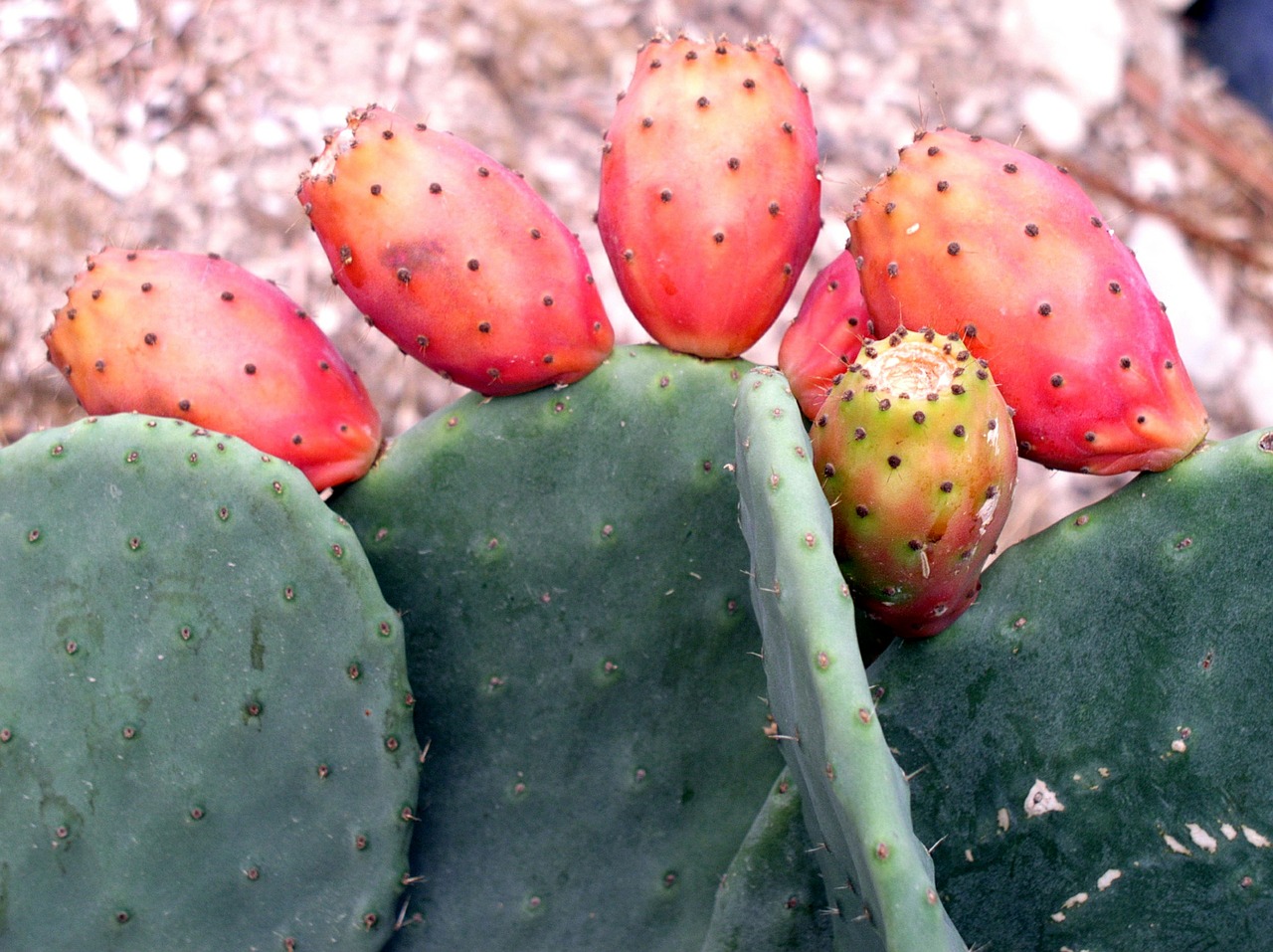Spring and winter, it seems, garner the lion’s share of attention when it comes to wildlife. Admittedly, it’s hard to beat the allure of newborn fawns and baby birds in the spring or the drama of majestic bucks in the winter. But, because summer is also hot when it comes to wildlife, we’ve rounded up just some of our favorite wildlife happenings in the hottest of the summer months.
White-tailed Deer
Summer months tend to be a lazy time for white-tailed deer. Fawning season typically wraps up by early July and, while being a mom is certainly a full-time job, a doe will leave her camouflaged fawn for hours at a time to forage for food and maybe relax a bit in the shade of an old oak tree. Bucks are “in velvet” during the summer, as they regrow the antlers they shed after rutting season. The velvet is soft skin filled with tiny blood vessels that feed the growing antlers. The velvet may also help the deer keep cooler in the summer by bringing some body heat to the surface where it can escape. By September, the fully developed antlers have hardened, the blood supply to antlers is redirected to other parts of the buck’s body as it gets ready for breeding season, and the unnourished velvet starts to die. It will begin to peel away from the hardened antlers and the bucks will also move things along by rubbing their antlers on trees and bushes.
Bats
In August, young Mexican free-tailed bats begin flying with their parents on nightly feed flights. Because most free-tailed females give birth to one pup each year, the population in some nursery roosts almost doubles, making for a lot more activity come dinner time. In the fall, most of these bats will migrate south for the winter, so summer is the time to check them out. Texas Parks and Wildlife has a handy guide for the Bat-Watching Sites of Texas which you can download here.
Mustang Grapes and Prickly Pears
The threat of poison ivy and being impaled by thousands of tiny needles are among the primary impediments to harvesting mustang grapes and prickly pears. But, if you have the fortitude and the preparation skills, these wild foods are ready for harvest during the hot summer months. Mustang grapes typically ripen in July when they’re ready to be made into jelly and even wine. The big yellow flowers on prickly pears mature into fruits known as “tunas” that are ready for harvest in late summer. Unlike the tart acidity of the mustang grape that usually needs some sugar help to be palatable, the flesh of a prickly pear tuna is quite sweet – just be careful of their glochids (fine, irritating spines) while harvesting and preparing so you’re not left feeling quite bitter.
Purple Martins
July and August are typically the month the Purple Martins gather for a last Texas-sized get-together before they sing adios! and head for Mexico. They form large flocks and roost together – sometimes by the thousands – in preparation to migrate and they often do it in fun places like hotel and shopping center parking lots. The spectacle of these massive flocks has led to watch parties organized by local birding organizations. In the Austin area, for example, beginning July 8, 2016, and on Friday and Saturday nights during the month of July, members of the Travis Audubon will on hand at the Embassy Suites Hotel parking lot at 5901 N. IH-35 Frontage Road where the Purple Martins are roosting this year. As the Travis Audubon describes, you can “watch a hurricane of birds as hundreds of thousands of Purple Martins ‘swirl’ into their roosting site each evening.” In the Houston area, the Houston Audubon is hosting watch parties in the evenings on July 23, August 27, and September 24, at The Fountains shopping center in Stafford.
Whether it’s a doe getting some “me time” in the shade, a bat bringing the pup out for some nighttime bug hunting, wild fruit ripening for the picking, or a Purple Martin “flock party,” for wildlife in Texas summer is hot and happening.









